Beechwood Sickener / Summer / Autumn / Toxic
Embark on a captivating exploration of the intriguing yet inedible Beechwood Sickener, scientifically known as Russula Nobilis.
In this blog post, we dive into the enigmatic world of this vibrant mushroom, renowned for its striking appearance and cautionary nature. While the Beechwood Sickener may entice with its alluring hues, its in-edibility serves as a reminder of nature’s complex tapestry. Join us as we unravel the mysteries surrounding Russula Nobilis, from its fascinating ecological role to the vital lessons it imparts to foragers. Discover the hidden depths of this captivating fungus, appreciating its beauty while exercising caution in the wild. Let’s embrace the paradoxical nature of the Beechwood Sickener and gain a deeper understanding of the intricate balance that exists within the natural world.
Scientific Name
Russula Nobilis
Family
Russulaceae
Habitat
Beech woodland
Description
A distinctive red capped Brittlegill mushroom growing in beech woodlands, as the name suggests its not edible and causes stomach upsets and vomiting.
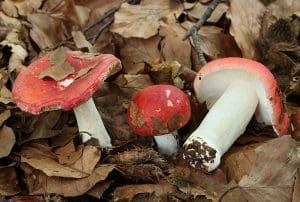
Identifying Features for The Beechwood Sickener:
Cap:
Convex to flattening sometimes slightly depressed in the middle. Bright crimson red, pale red to occasionally white. If peeled the flesh underneath is usually pink.
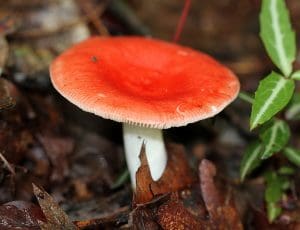
Stem:
White and snaps like chalk sometimes bulbous on the base.
Gills:
Adnexed white/cream, brittle and slightly connected to stem.
![]()
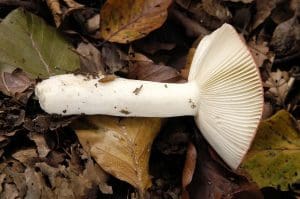
Smell:
Mushroomy however this has a very hot acrid taste to it, indicating this is a poisonous mushroom
Spores:
White
Uses
This is a poisonous mushroom and should not be used.
In food
This is a poisonous mushroom and should not be used.
Harvesting
Found July through to November. However this is a poisonous mushroom and should not be used.
Known hazards
This is a poisonous mushroom and should not be used.
Potential lookalikes
The Beechwood Sickener looks incredibly similar to the Sickener however the Sickener grows mainly in Pine woods rather than beech.
-Snap – Does the stem snap like a piece of chalk?
-Flick – Do the gills break when you flick them gently?
-Peel – Does the skin on the cap peel away?
-Taste– this should only be done when you have gone through the other steps and are confident that you have a Russula. If a tiny amount placed on the tongue a chilli like burn or tingle means the mushroom is poisonous but a pleasant mushroomy taste means it is edible.



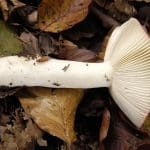
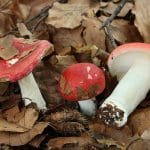
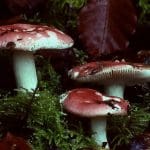
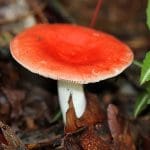
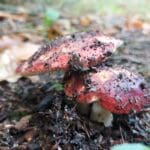
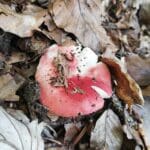



Leave a Reply
You must be logged in to post a comment.